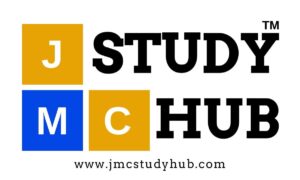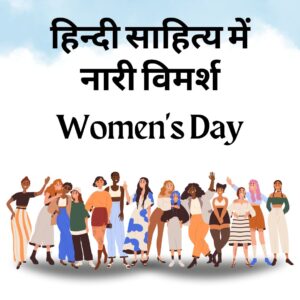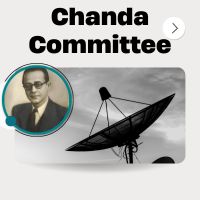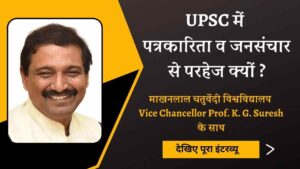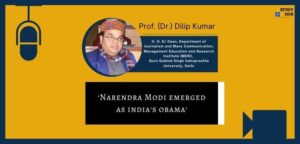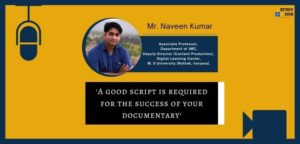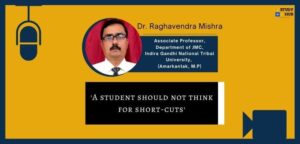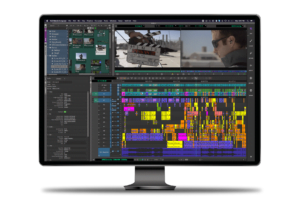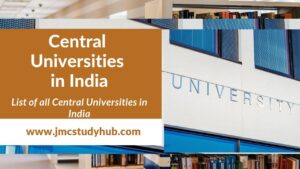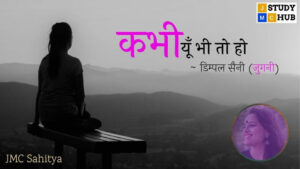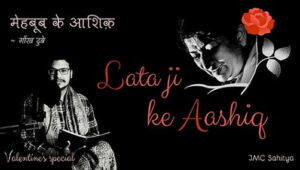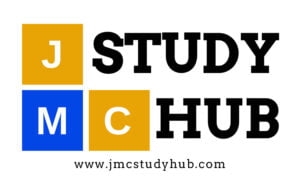Daily Mass Communication Quiz (DMCQ) boost your concepts through day wise solved quiz from the entire course of Journalism and Mass communication (JMC) with detail explanations.
Journalism and Mass Communication Objective Questions (DMCQ)
Q 1. Communication is a non-stop______________.
(A) Paper
(B) process
(C) programme
(D) plan
Correct Answer: (B) process
Explanation: Communication is a non-stop process. The process of communication refers to the transmission or passage of information or message from the sender through a selected channel to the receiver overcoming barriers that affect its pace.
Q 2. The mass media are educates and propagandists. Which theory of the press support this ideology?
(A) libertarian
(B) communist
(C) authoritarian
(D) social responsibility
Correct Answer: (C) authoritarian
Explanation: The propaganda model is a conceptual model in political economy advanced by Edward S. Herman and Noam Chomsky to explain how propaganda and systemic biases function in corporate mass media. Authoritarian theory describe that all forms of communications are under the control of the governing elite or authorities or influential bureaucrats.
Q 3. When was Samachar created?
(A) 1977
(B) 1981
(C) 1975
(D) 1976
Correct Answer: (C) 1975
Explanation: In February 1976, UNI was merged along with PTI, Hindustan Samachar, and Samachar Bharati to form a new identity Samachar. After the defeat of Indira Gandhi’s government in 1977 election, Kuldip Nayar Committee was formed by the new government to examine the functioning of Samachar, taking into consideration the freedom of the press and independence of the news agency.
Q 4. What is the full form of CANA
(A) Canadian news agency
(B) Caribbean news agency
(C) Cambodian news alliance
(D) None of these
Correct Answer: (B) Caribbean news agency
Explanation: Prior to the merger, the Caribbean News Agency (CANA) founded in January 1976 as successor to the former Reuters Caribbean service, created by the Caribbean region’s print and broadcast media outlets.
Q 5. The AFP belongs to which country
(A) The Netherland
(B) Belgium
(C) France
(D) Mexico
Correct Answer: (C) France
Explanation: Agence France-Presse (AFP) is an international news agency headquartered in Paris, France. Founded in 1835 as Havas, it is the world’s oldest news agency.
Q 6. Which news agency was providing news to the Indian newspapers during the pre independence era?
(A) The AFP
(B) The CANA
(C) Reuters
(D) The IRNA
Correct Answer: (C) Reuters
Explanation: In the three decades prior to independence of India, the Reuters news agency and its affiliates, such as the Associated Press of India (API), Eastern News Agency and Indian News Agency Service, had more or less complete control of newswire services in India. They supplied news services to the Government of the British Raj in that country, as well as from India to the international media, and vice versa.
Q 7. The 1948,the conference on freedom of information was held in
(A) Newyork city
(B) Colombo
(C) Davos
(D) Geneva
Correct Answer: (D) Geneva
Explanation: Upon signing the General Act at the close of the United Nations Conference on Freedom of Information, held at Geneva in March and April, 1948, General Carlos P. Romulo, its President, declared that some day that document might be regarded as the Magna Carta of freedom of thought and expression.
Q 8. What was the name of the report Mac Bride commission?
(A) International Communication Report
(B) Many Voice One mode
(C) Many Voices One World
(D) The NWICO
Correct Answer: (C) Many Voices One World
Explanation: Many Voices One World, also known as the MacBride report, was a written in 1980 by United Nations Educational Scientific and Cultural Organization UNESCO which reports to its International Commission for the Study of Communication Problems. It suggests a kind of communication order (New World Information and Communication Order) to diminish these problems to further peace and human development.
Q 9. The tabloid, The Sun, is published from
(A) Lucerne
(B) Paris
(C) London
(D) Rome
Correct Answer: (C) London
Explanation: The Sun is a British tabloid newspaper. As a broadsheet, it was founded in 1964 as a successor to the Daily Herald, and became a tabloid in 1969 after it was purchased by its current owner.
Q 10. During the 19th century, most of the newspapers of Britian were owned by
(A) The government
(B) families
(C) private share holders
(D) Foreign firms of the West but not belonging
Correct Answer: (B) families
Explanation: During the 19th century, most of the newspapers of Britian were owned by families.
